For the first time in this 10-month-old pandemic, our quiet corner of the world feels unsafe. As of Dec. 18, 13 cases of COVID-19 are active in North East, seven of them in the Village of Millerton.
This is terrible news and one wishes them every chance of recovery. It seems a lot in a community of 3,000 people, most of whom have been studiously practicing Dr. Fauci’s virus avoidance protocols — mask wearing, hand washing, social distancing and infrequent public appearances. But not everyone has joined in.
It might help to know that big science has shed light on a process we all do 20 times a minute without a second thought. Using high-powered computer simulations, fluid dynamics engineers at Stony Brook University have revealed what happens when we breathe, also when we cough.
Science knows that we exhale droplets of mucous, from the microscopic to the visible. The largest don’t go very far in normal breathing and descend quickly to the nearest flat surface. In a cough, the largest droplets will travel nearly 6 feet in a “turbulent jet” before gravity pulls them down. Hence the 6-foot rule.
What about the smaller droplets? Called aerosols or fine mist, this droplet class is overlooked in our protocols. That, it turns out, is a fatal oversight.
In still air, the smaller droplets from a cough expand outward in a plume that travels 9.3 feet and stays aloft for 27 minutes. That’s a single cough. Repeated coughs keep adding plumes. Even the smallest droplets can carry molecules of coronavirus. In an unventilated room, a maskless infected person — not necessarily showing symptoms, not knowing they are infected — can quickly thicken the air with live virus just by breathing normally. Talking does so faster, singing or shouting or playing a wind instrument faster yet. The coughing fit of a sick person renders an unventilated room a disease trap. Outdoors, a breeze concentrates an infectious jet and carries it farther, but dissipates it within seconds.
There is a simple thing you can do to drastically lower your chance of infection, learned the Stony Brook engineers: Wear a mask, just about any mask. The reason is not what you might think — the fabric blocks droplets — but that it disrupts the airflow of a breath or cough, arresting the forward momentum of the turbulent jet and sapping its energy. A mask limits dispersal of moist air to immediately around the face and to less than 2 feet from a spreader person, even after repeated hard hacks.
A handkerchief that descends like a House of David beard is just fine. So is a pulled-up neck gaiter. Better are medical masks, N-95s, that hug your lower eye sockets and bend snugly over the bridge of your nose. What’s not OK is leaving the nose uncovered. A mask worn that way is, said Fortis Sortiropoulos, Stony Brook dean of engineering, “useless.”
The point is, all masks leak a little, especially under the top edge (as glasses wearers can attest). Even a sharply expelled cough leaks only low-energy droplets around the mask compared to an unmasked nose and mouth.
So, wear a mask. If you are stuck inside with anyone but immediate family, try to be sure the space is well-ventilated and you don’t stay long. It’s the cumulative viral load that matters. Outdoors, pay attention to whom you are downwind from. Move out of the plume of a cougher or sneezer. (This is good advice at any time.)
Stay far away from anyone who is mask-free. Stephen Colbert’s recent in-person chat with Joe Biden positioned the gentlemen at either end of what looked like a hangar. Until health czar Tony Fauci gives the all clear, that seems about right.
Science writer Tom Parrett lives in Millerton.


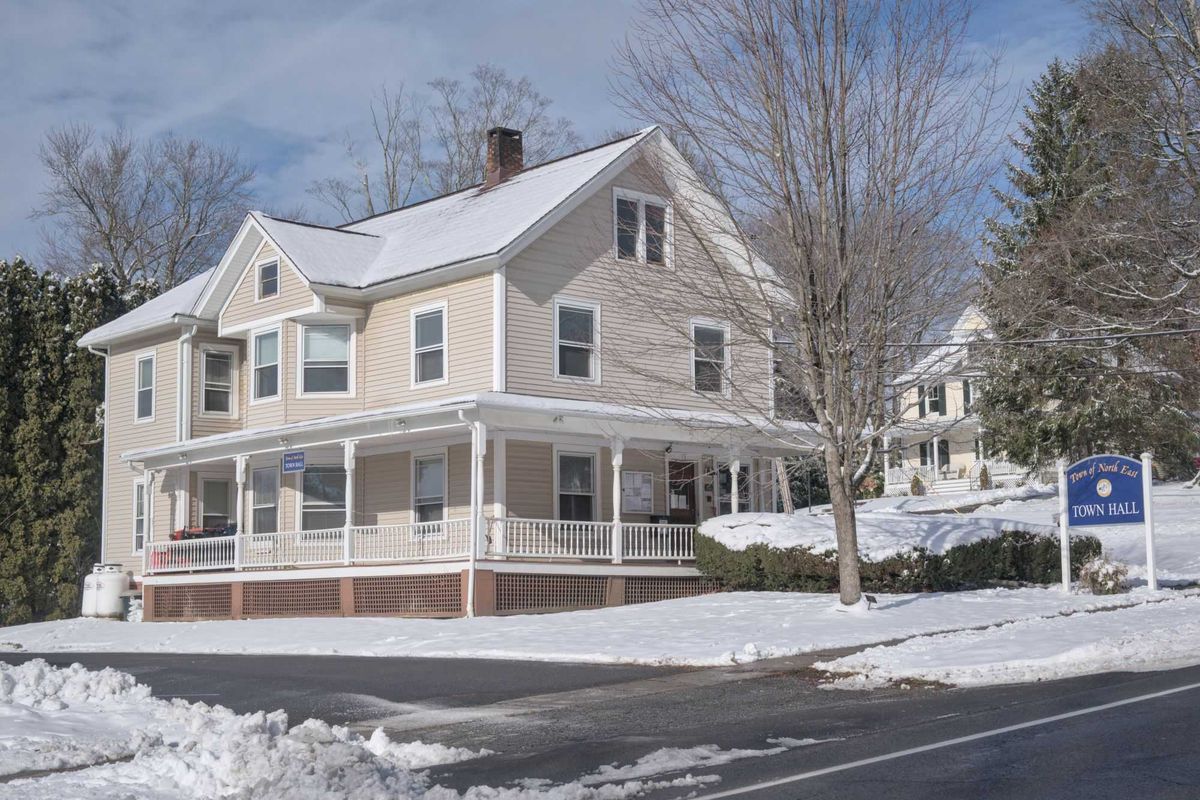
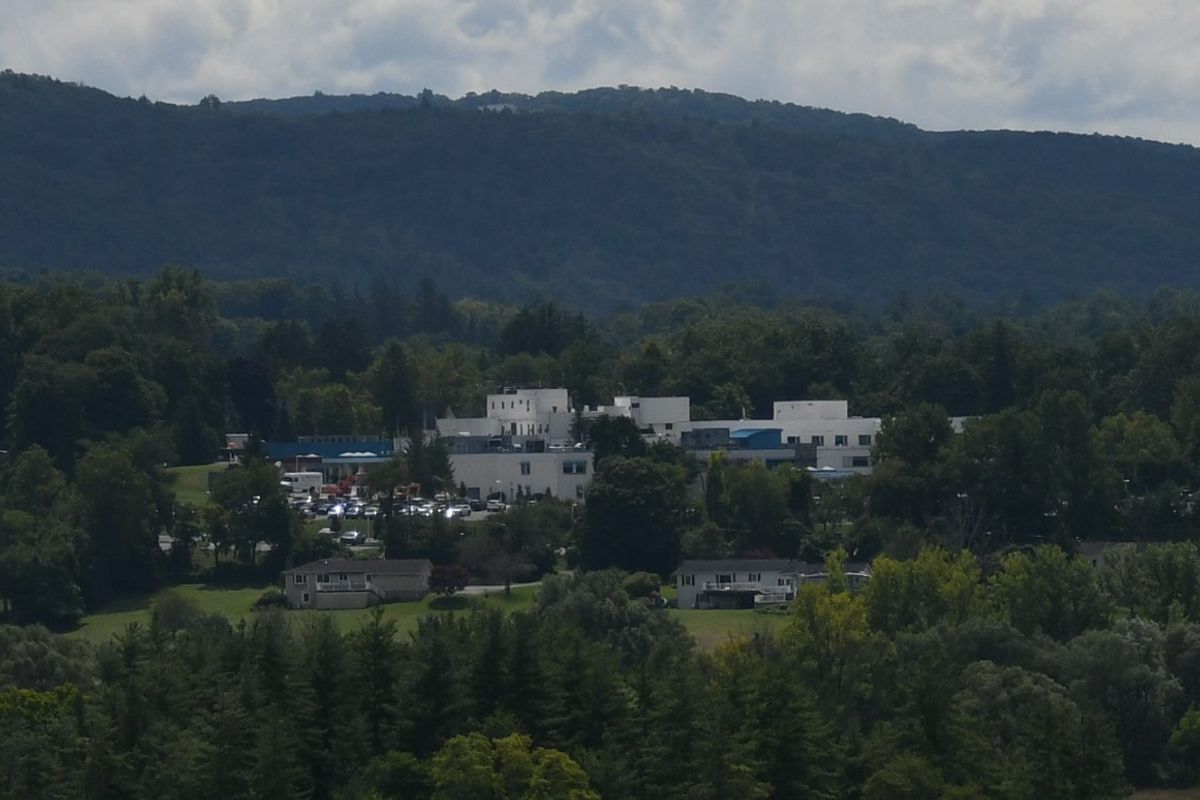

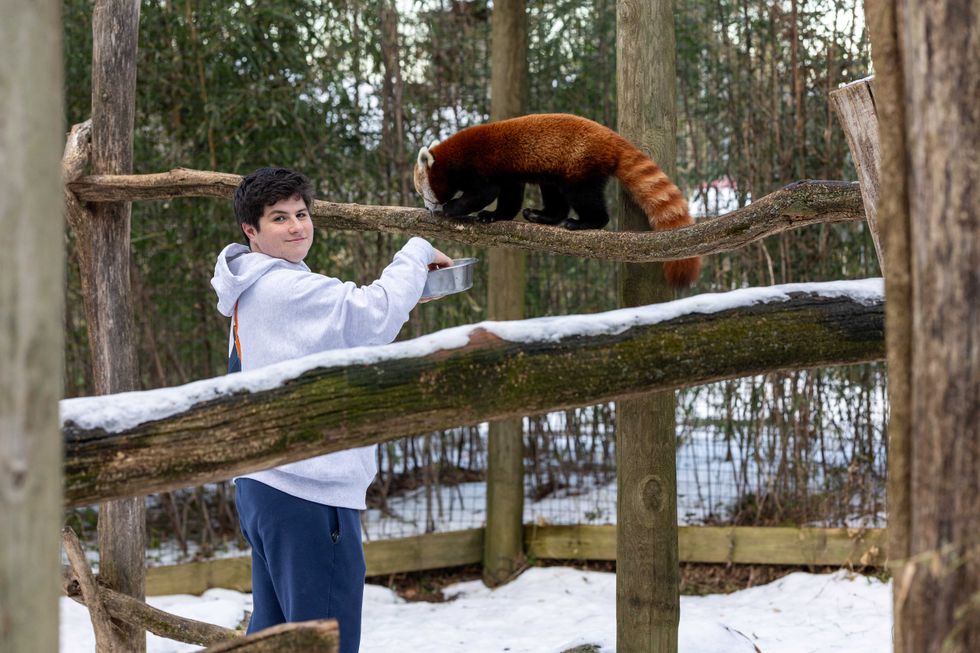 Max Amsterdam feeds a red panda at the Trevor-Lovejoy Zoo on the Millbrook School campus on Wednesday, Dec. 17. Amsterdam said he became interested in the school's zoo in his freshman year when he watched an older student perform a biopsy on a wolf that had passed away at the zoo.Photo by Aly Morrissey
Max Amsterdam feeds a red panda at the Trevor-Lovejoy Zoo on the Millbrook School campus on Wednesday, Dec. 17. Amsterdam said he became interested in the school's zoo in his freshman year when he watched an older student perform a biopsy on a wolf that had passed away at the zoo.Photo by Aly Morrissey
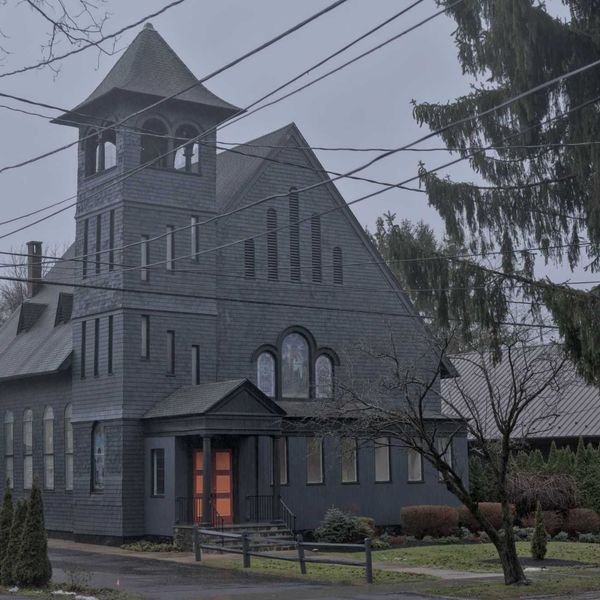
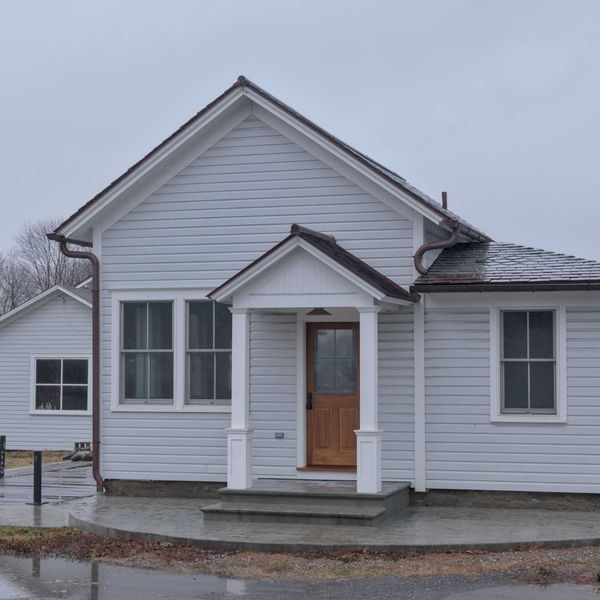
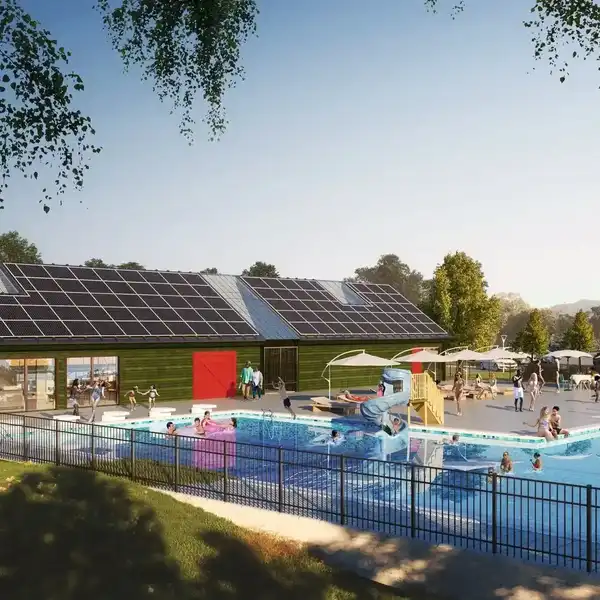


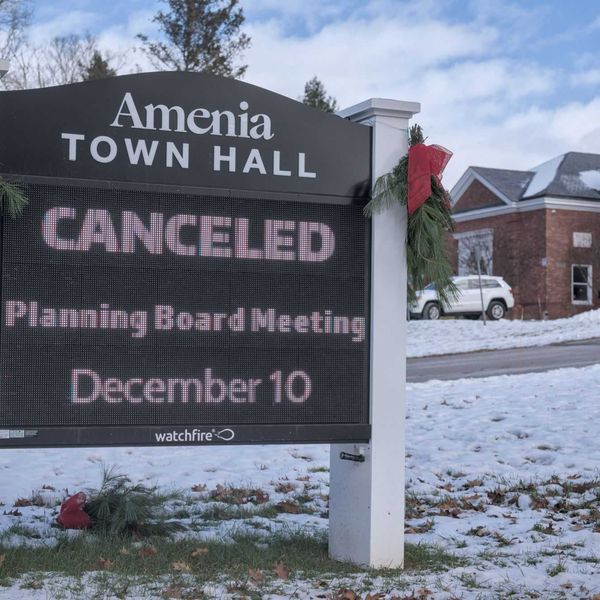
Masks work: anatomy of a cough